Kindle vs OverDrive
Last updated: July 10, 2023
Kindle and OverDrive are both platforms that provide access to digital content, but they differ in terms of their core focus, content availability, and user experience.
Kindle is Amazon's eReader platform, encompassing a range of devices like the Kindle eReader and Kindle app. It offers a vast selection of eBooks, audiobooks, and digital publications for purchase through the Kindle Store. Kindle devices provide a dedicated reading experience with features like adjustable font sizes, annotations, and Whispersync, which syncs your reading progress across devices. Kindle devices also offer seamless integration with Amazon's ecosystem, allowing users to access their purchased content and benefit from personalized recommendations. Kindle books are typically purchased individually or through subscription services like Kindle Unlimited.
OverDrive, on the other hand, is a digital lending platform that partners with public libraries to provide access to eBooks, audiobooks, and other digital media. It allows users to borrow digital content from their local library's collection. OverDrive offers a wide range of titles, including bestsellers and popular releases, which can be borrowed for a limited period of time. Users can access OverDrive's catalog through the OverDrive website or app and enjoy borrowed content on their preferred devices. OverDrive operates on a library lending model, allowing users to borrow digital content for free using their library card.
The key difference between Kindle and OverDrive lies in their content availability and ownership. Kindle provides a vast library of digital content for purchase, and users own the books they purchase through the Kindle Store. On the other hand, OverDrive offers access to a wide range of digital content for borrowing through participating libraries. Users can borrow eBooks and audiobooks for a specific period, after which the content becomes unavailable. OverDrive allows users to enjoy content for free during the borrowing period but does not provide permanent ownership.
Kindle is Amazon's eReader platform, encompassing a range of devices like the Kindle eReader and Kindle app. It offers a vast selection of eBooks, audiobooks, and digital publications for purchase through the Kindle Store. Kindle devices provide a dedicated reading experience with features like adjustable font sizes, annotations, and Whispersync, which syncs your reading progress across devices. Kindle devices also offer seamless integration with Amazon's ecosystem, allowing users to access their purchased content and benefit from personalized recommendations. Kindle books are typically purchased individually or through subscription services like Kindle Unlimited.
OverDrive, on the other hand, is a digital lending platform that partners with public libraries to provide access to eBooks, audiobooks, and other digital media. It allows users to borrow digital content from their local library's collection. OverDrive offers a wide range of titles, including bestsellers and popular releases, which can be borrowed for a limited period of time. Users can access OverDrive's catalog through the OverDrive website or app and enjoy borrowed content on their preferred devices. OverDrive operates on a library lending model, allowing users to borrow digital content for free using their library card.
The key difference between Kindle and OverDrive lies in their content availability and ownership. Kindle provides a vast library of digital content for purchase, and users own the books they purchase through the Kindle Store. On the other hand, OverDrive offers access to a wide range of digital content for borrowing through participating libraries. Users can borrow eBooks and audiobooks for a specific period, after which the content becomes unavailable. OverDrive allows users to enjoy content for free during the borrowing period but does not provide permanent ownership.
64
Amazon Kindle enable users to shop for, download, browse, and read e-books, newspapers, magazines. It provides over 1 million books in the Kindle Store. Amazon Whispersync automatically syncs your last page read, bookmarks, notes, and highlights across devices (including Kindle), so you can pick up your book where you left off on another device. Provides apps for Android, iOS, Blackberry, Windows Phone, Mac, PC and the family of ereading devices
10
OverDrive: eBooks, audiobooks and videos for libraries. Site offers Digital Rights Management (DRM) and associated digital media solutions for distribution of premium digital content over global networks.
Kindle vs OverDrive in our news:
2023. Kindle Scribe annotations are now viewable on Kindle app
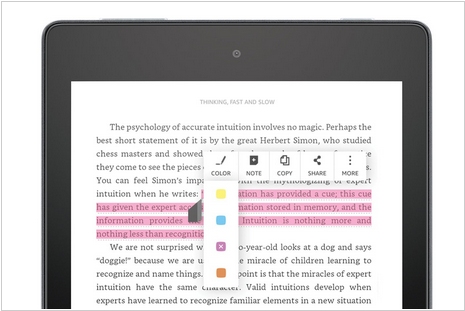
Annotations made within ebooks using Kindle Scribe can now be accessed through the Kindle app on iOS devices. Although support for viewing Notebooks from Kindle Scribe on the iOS app was introduced earlier, the capability to view in-book annotations has been added recently. This enhancement allows users to conveniently review handwritten notes and highlights in their Kindle books using a phone or tablet, even without their Kindle Scribe. Notably, the note syncing feature will also be extended to the Kindle app for Android, but this update is anticipated to roll out in "early 2024."
2023. Kindle personal documents will be delivered in KFX Format

Amazon is now in the process of converting user-uploaded Kindle personal documents into the newer KFX format when they are downloaded on Kindle apps and Kindle e-readers. Until recently, only the Kindle Scribe supported personal documents in the KFX format. However, Amazon has now begun extending this support to other devices and applications, including the Kindle for Android and Kindle for iOS apps. Furthermore, Kindle e-readers that are compatible with the KFX format, such as the Kindle Paperwhite 3 and newer models, are now receiving personal documents in the KFX format as well. Previously, Amazon used to send older formats like AZW3 and MOBI to Kindle devices and apps when users sent personal documents through email or used the Send to Kindle webpage or app. The introduction of the ability to download personal documents in KFX format brings added support for improved typesetting and includes several extra features such as multi-page view and alignment settings. Essentially, personal documents and e-books obtained from sources other than Amazon and added to your Kindle library are now being treated more similarly to official Kindle e-books.
2023. Amazon released new Kindle app for Mac
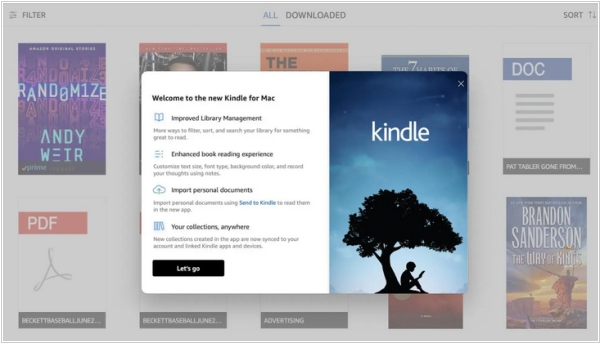
Amazon has unveiled a fresh Kindle reading app for Mac users, while rebranding the previous version as "Kindle Classic." It boasts a contemporary aesthetic that mirrors the Kindle app found on iOS devices and introduces an array of novel features, including infinite scrolling, a reading ruler, expanded font options, a full-screen viewing mode, a variety of new themes, page-turn animations, X-Ray integration, and numerous other enhancements. Kindle for Mac adopts the same design as the highly popular Kindle app on iOS. Upon launching the app, users are greeted with their personal library, showcasing vibrant and inviting cover art for all the e-books they own, as well as any downloaded samples. Users have the flexibility to organize their library using grid or list views, create collections, and apply filters to sort by read/unread status, documents, or Newsstand materials. It's worth noting that, as of now, the Kindle app on Mac does not support audiobooks or provide an audiobook player.
2023. Kindle for PC update is required to download newer eBooks
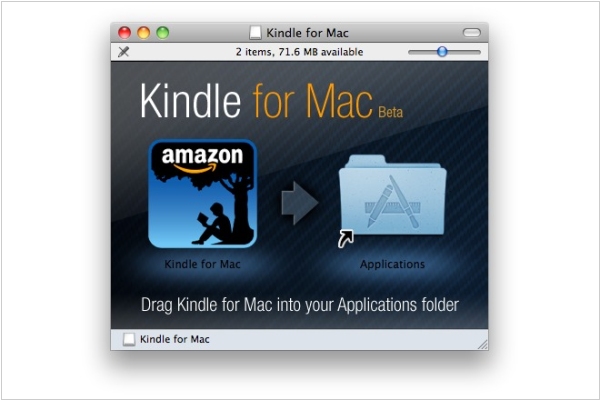
Kindle users on PC and Mac are now required by Amazon to install an update to access and read newly published Kindle ebooks from January 3rd, 2023, onwards. The reason behind this mandatory update is that Amazon has transitioned to offering newer ebooks exclusively in their KFX format, leaving behind their older Kindle formats. This move has sparked concerns among ebook buyers, with some interpreting it as another means for Amazon to exert control over purchased content. It signals a growing trend in the ebook industry where format changes and enhanced DRM measures are becoming more prevalent. Looking ahead, it remains uncertain how ebooks will be treated in the future. Given the constantly evolving nature of digital media, the ability to download purchased ebooks now does not guarantee that the same will hold true ten or twenty years down the line.
2022. Send to Kindle app for PC and Mac now supports EPUB
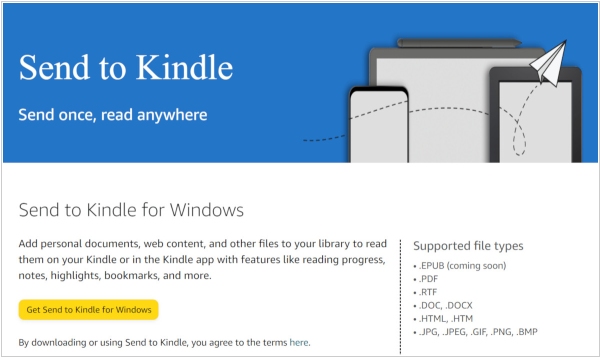
At long last, Amazon has released an update for its Send to Kindle applications on Windows and Mac computers, introducing the ability to send EPUB files to Kindle e-readers and Kindle reading apps. It's important to note that these EPUB files are not directly sent to Kindles, but instead undergo conversion to the Kindle format during the process. Furthermore, this feature is limited to DRM-free EPUBs. Amazon initially incorporated support for emailing EPUBs in April, followed by enabling EPUB sending on their iOS and Android Kindle apps in August. Finally, the PC and Mac applications have caught up, now allowing users to send EPUBs as well.
2022. Amazon's Send to Kindle for EPUB is now live
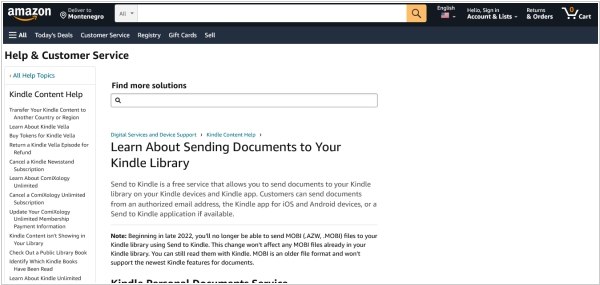
A few months ago, Amazon made an announcement stating that Send to Kindle would now be compatible with EPUB files. The feature is now available, allowing users to utilize the Send to Kindle applications for PC or Mac, the Chrome Extension, Kindle for Android, and email. This marks the first time that Amazon has supported the EPUB format for delivery to Kindle accounts. However, it's important to note that when utilizing the Send to Kindle system, EPUB files are converted to the AZW3 format before being sent to your device. This conversion ensures that the book maintains proper typography and enables access to features such as X-Ray, dictionaries, and Wordwise.
2022. Kobo e-readers will not be affected by the Overdrive-to-Libby switch
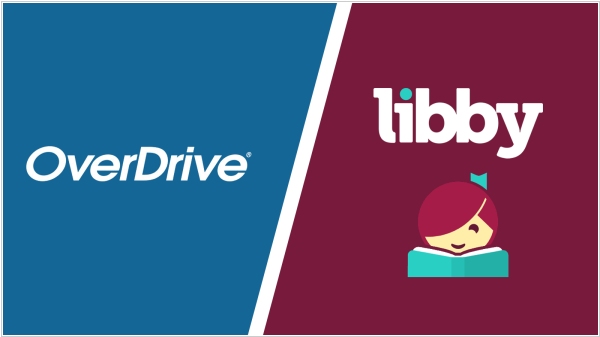
Kobo e-readers offer the convenience of integrating your library card through Overdrive, allowing access to your local library branch directly from the device's settings menu. However, Overdrive recently announced the discontinuation of their outdated app and the transition to their newer app, Libby. This change has raised concerns among Kobo users. Nevertheless, Kobo assures users that the switch from Overdrive to Libby will not impact their e-readers. Kobo utilizes an API to retrieve book listings, cover art, and facilitate direct book downloads to their devices, making it independent of specific apps. It's important to note that Libby is currently not available for download from the Amazon Appstore. OverDrive has reached out to Amazon for information and approval, but there has been no update yet. In the meantime, Kindle Fire users can enjoy streaming ebooks, audiobooks, and magazines directly from their browser via libbyapp.com.
2022. Kindle Store is no longer available on older Kindles
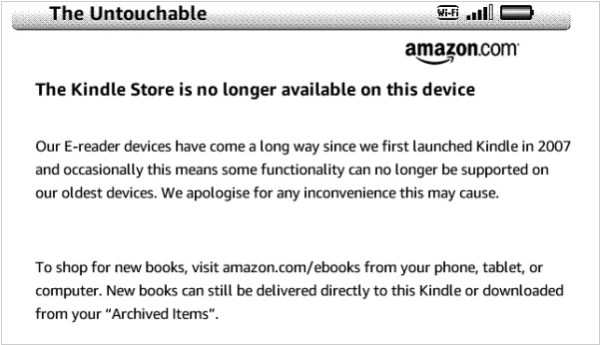
The Kindle store is no longer accessible on older Kindle models, such as the Kindle DX, Kindle 2, Kindle 3 (also known as Kindle Keyboard), Kindle 4, and Kindle 5. Essentially, if your Kindle device lacks a touchscreen, it will no longer have the ability to browse the Kindle store. This change had already occurred for certain Kindle models last year when the 3G towers were discontinued. Now, the store functionality is also being disabled for older non-touchscreen WiFi models, including the previously popular Kindle 3. While direct shopping from these Kindles is no longer possible, users can still send ebooks to them and continue reading as before. It is unfortunate to witness older devices losing functionality, but considering that even the 5th generation Kindle is now a decade old, it is understandable that Amazon no longer wishes to maintain a non-touchscreen store for these aging Kindles.
2022. You can no longer buy Kindle Books on Android
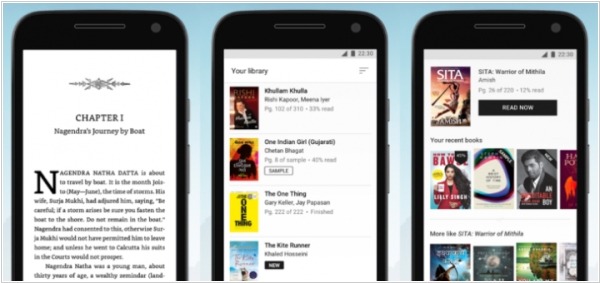
Amazon has recently disabled the purchasing feature for ebooks within the Kindle app for Android, in compliance with Google's policy changes. When attempting to buy digital books, users are now greeted with a notification explaining that buying ebooks is no longer supported due to the requirement of using Google's billing system, which entails a 30% transaction fee. Given that Amazon holds the position as the largest ebook retailer globally, the financial impact of the commission imposed by Google would be substantial. Following suit, Amazon joins the ranks of other companies, such as Audible and Barnes and Noble, which have also suspended digital transactions on Android platforms in recent weeks, including the sale of audiobooks and ebooks within their respective apps.
2022. Amazon adds EPUB and drops MOBI support on Send to Kindle apps
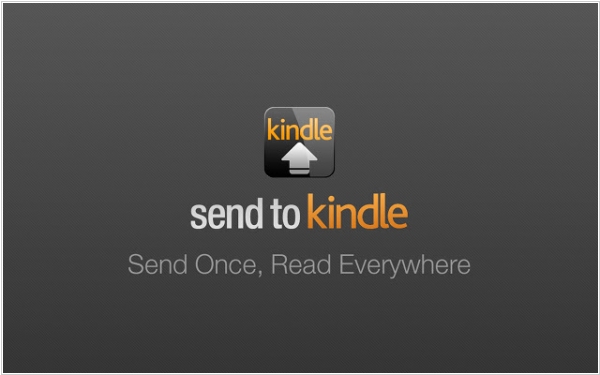
In a recent update, Amazon introduced the ability for Kindle users to send DRM-free ePub files to their devices via email, which is a positive development for the Kindle Personal Documents Service. However, alongside this announcement, Amazon also revealed their decision to discontinue support for the older MOBI format. While MOBI books lack certain features found in newer formats, such as custom fonts and font control options, one advantage of sideloaded MOBI books was the display of book covers, unlike other sideloaded formats that only show a generic cover. It's important to clarify that Amazon is not completely eliminating support for MOBI format on Kindles; users will still be able to read MOBI files already added to their devices. However, the wireless transfer of MOBI files to Kindles via Amazon Kindle Personal Documents Service will no longer be supported.
2021. Kindle for PC discontinues support for Windows 7
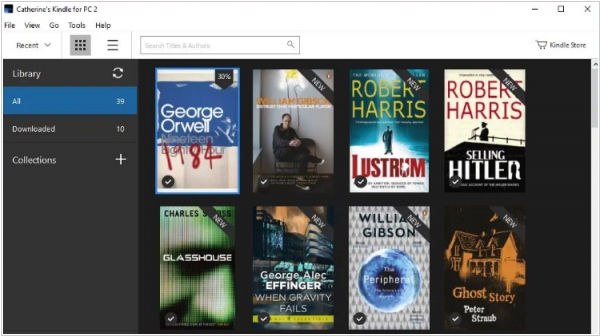
Amazon recently made an announcement stating that they will no longer offer support for Windows 7 on their Kindle PC app. If you currently have Kindle for PC installed on a Windows 7 system, the software will no longer receive updates. Eventually, the platform will be completely discontinued, preventing users from purchasing or reading ebooks. Kindle for PC is officially supported on Windows 10, 8.1, or 8. It is anticipated that Amazon will also withdraw support for Windows 8 in the near future. The reason behind this decision is primarily related to the upcoming release of Windows 11, as users will have the option to utilize the main Kindle app for Android, which offers a more extensive range of features compared to Kindle for PC or the Kindle Cloud Reader. It is highly likely that the majority of users will opt to use the Kindle app on their Windows 11 devices, such as computers, tablets, or slates.
2021. Amazon will no longer be providing free access to Kindle magazines
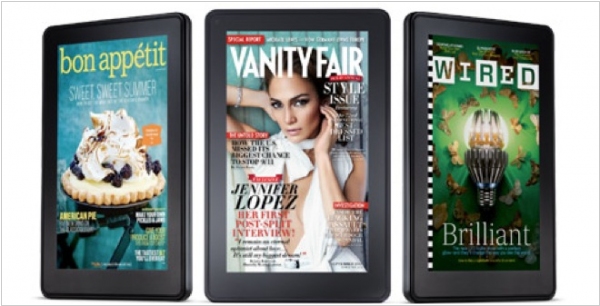
Amazon has implemented a policy change regarding access to Kindle magazines for paper edition subscribers. From now on, free access to Kindle magazines will only be available if the subscription is made directly through Amazon. However, it's important to note that this change does not affect the status of your subscription with the publisher. To continue receiving the Kindle edition of these titles, you have the option to subscribe through Kindle Newsstand. It's worth mentioning that any existing editions of the magazine on your Kindle device will remain unaffected by this update.
2020. Kindle makes it easier to borrow ebooks from Prime Reading
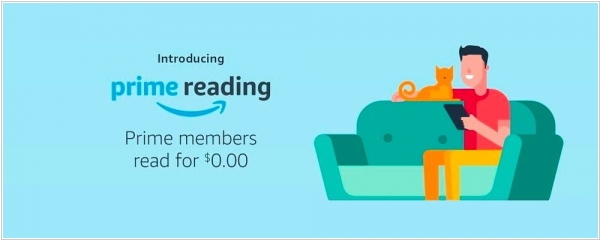
The latest firmware update, version 5.13.3, for Kindle e-readers introduces the ability to borrow ebooks directly from Kindle Unlimited, Prime Reading, and the public library, all conveniently accessible from the home screen. This update is compatible with a wide range of devices, including the Kindle Voyage and newer models. To view popular titles from Kindle Unlimited and Prime Reading, it is necessary to have the Home Screen View feature enabled in the settings menu. Additionally, Amazon has relocated the Kindle user guide from the library shelf to the help menu, optimizing space usage. The update also includes various performance enhancements, bug fixes, and general improvements to enhance the overall user experience.
2020. Kindle for Android now allows permanently delete ebooks

Amazon has introduced a new feature that enables users to delete Kindle books directly from their Android smartphones and tablets. This functionality provides the convenience of completely removing ebooks that are no longer desired on the device, including samples that may have been downloaded years ago. To delete a book, simply navigate to your library, locate the desired title, and long press on the cover art. A confirmation prompt will appear, allowing you to confirm the removal. Additionally, the update offers the ability to filter your books by Family Library titles and ensures seamless synchronization of your reading progress across devices, whether you prefer the Page Flip View or Continuous Scrolling mode.
2020. Amazon discontinues Kindle Owners Lending Library

Amazon has recently made the decision to discontinue the Lending Library program and is now redirecting users to utilize Kindle Unlimited or Prime Reading instead. The Kindle Lending Library, which was launched back in 2011, allowed Prime members to borrow a free book every month. Once a book was borrowed, it could be re-downloaded for free at any time in the future. Books included in the lending library were denoted with a "Prime" logo and featured a "Borrow for free" button alongside the traditional "Buy" option. The program gained significant popularity as there were no expiration dates for borrowed books. However, in 2016, Amazon introduced Prime Reading, effectively overshadowing the Kindle Lending Library. As a result, Amazon ceased actively promoting the Lending Library on their website and through press releases.
2020. Amazon lowers Kindle price to compete against Kobo Nia
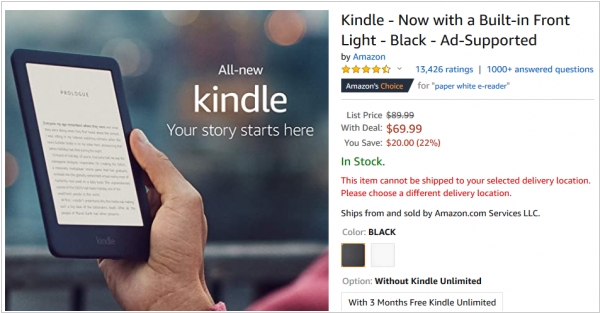
In a few days, the Kobo Nia will be released, and Amazon is making a strong effort to persuade customers to purchase their entry-level Kindle device. They have recently reduced the price by $20, making it available for $69.99 USD, while the Kobo Nia will retail for $99 USD. The entry-level Kindle e-reader offers a 6-inch E Ink Carta display with a resolution of 800x600 and 167 PPI. Notably, this is the first Kindle model to feature a front-light display, allowing users to adjust brightness using a convenient slider bar. The device is equipped with four white LED lights located at the bottom of the bezel, projecting light upward to avoid direct eye contact. On the other hand, the Kobo Nia boasts a 6-inch E INK Carta HD capacitive touchscreen display with a resolution of 1024x758 and 212 PPI. It also features five white LED lights.
2020. Amazon discontinues the Kindle Cloud Reader
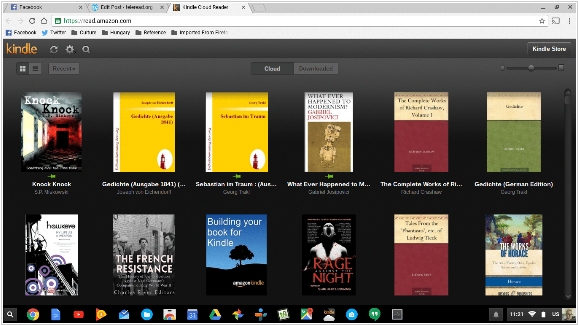
The Kindle Cloud Reader has provided the convenience of reading ebooks through various internet browsers on desktops, mobile devices, and tablets. However, Amazon has recently been removing features from the Cloud Reader, indicating that it may soon be discontinued. Presently, only previously downloaded books can be accessed, and no new titles are available. Additionally, ebooks from certain publishers with DRM cannot be opened, even if they were previously downloaded. Users are prompted with a popup window advising them to download the Kindle app for iOS or Android. Furthermore, Amazon has eliminated the capability to read books offline, necessitating a dedicated internet connection for reading purposes.
2020. You can now read Kindle Books on the new Microsoft Edge Browser
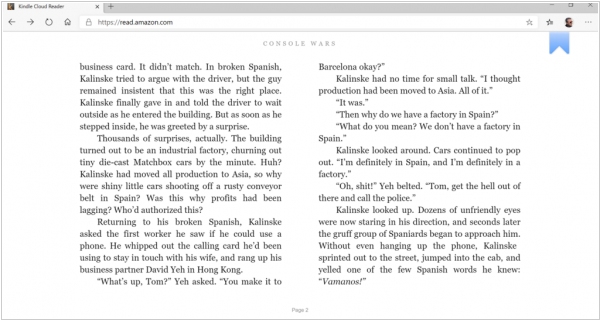
The revamped Chromium-based Edge browser from Microsoft now includes the Kindle Cloud Reader, providing users with a customizable reading experience. With this integration, users can effortlessly adjust font types, font sizes, background colors, and margins to suit their preferences. Additionally, they can create and edit notes, bookmarks, and more. Utilizing Whispersync technology, the browser seamlessly syncs the user's progress, notes, and marks across devices, allowing them to seamlessly transition from reading on Edge to continuing on their Kindle device or any device with the Kindle app installed. For word comprehension, users can utilize translation tools or access dictionary definitions. Furthermore, they have the option to browse and purchase ebooks from the Kindle Store. The reading experience can be enjoyed in both portrait and landscape modes, catering to various tablet and widescreen PC monitor setups.
2019. Kindle firmware update makes it easier to read ebooks

Amazon has recently rolled out a new firmware update, version 5.12.2, for Kindle Basic, Kindle Oasis, Kindle Voyage, and Kindle Paperwhite, aimed at enhancing the ebook reading experience. The update introduces improvements that make it more convenient to navigate ebooks and explore product recommendations. This system proves particularly beneficial for users who frequently purchase ebooks, are Prime Members, or subscribe to Kindle Unlimited, providing added ease and efficiency in managing their digital reading content.
2019. Alexa now allows to send ebooks to Kindle

Amazon has introduced a new feature that allows users to add or remove audiobooks and ebooks on their Kindle e-readers using Alexa. By utilizing the Alexa app on their smartphones or a physical speaker, users can easily instruct Alexa with commands like "Alexa, manage my content." This prompts a set of options, including adding an ebook or audiobook to their default device or completely removing them from their account. This marks the second instance in which Amazon has enhanced Kindle functionality through interaction with Alexa. The initial integration occurred in late 2016, enabling Alexa to read ebooks aloud on the Echo device.


